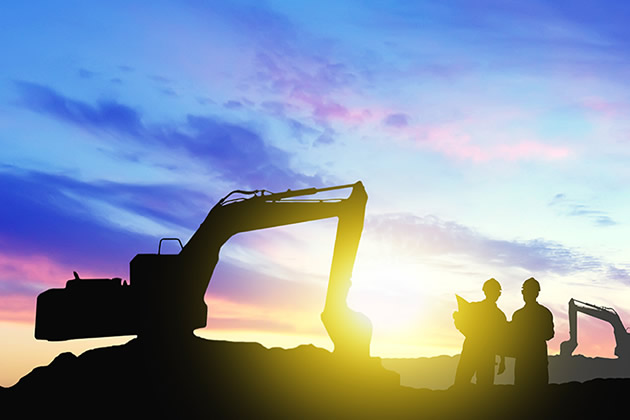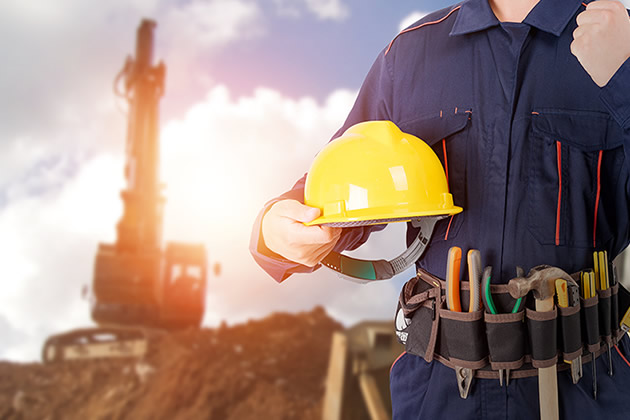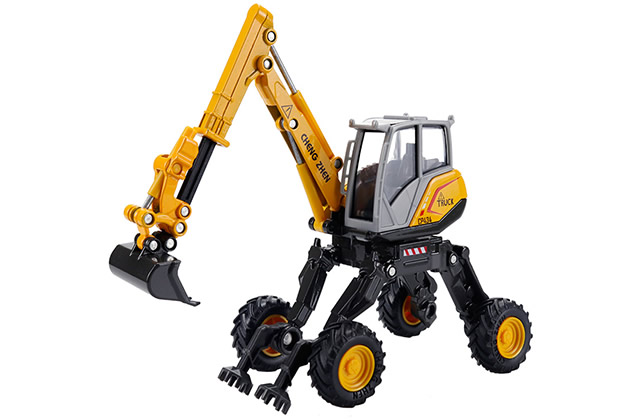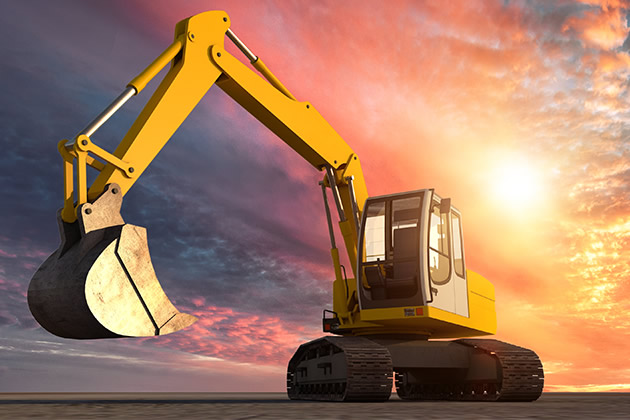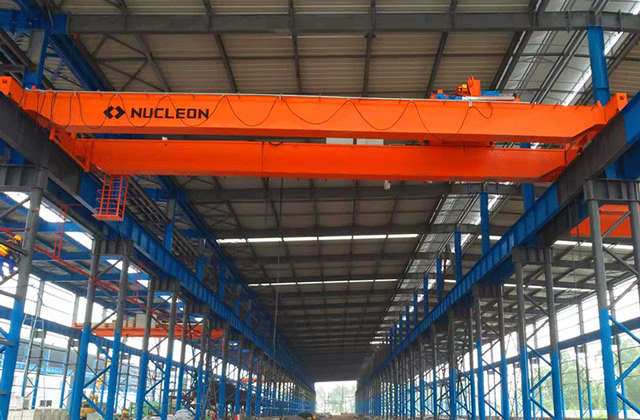Some practical application issues of mechanized road cleaning and mechanized cleaning of urban roads
Mechanized cleaning refers to roads made of special A form of operation in which a motorized sweeper or vacuum cleaner replaces manual suction and sweeping to complete the cleaning operation to achieve the purpose of cleaning the road, referred to as “machine sweeping”. The mechanized road cleaning rate refers to the proportion of the area mechanized cleaning of urban roads by the sanitation departments at the municipal and district levels to the actual cleaning area of urban roads. Referred to as “machine scan rate”.
Mechanized cleaning has irreplaceable advantages for manual cleaning: first, the sweeper can sweep and transport, is convenient to operate, has high cleaning efficiency, and has good dust removal effect; secondly, as the road mileage continues to increase, , the flow of people and vehicles is increasing, road garbage is becoming more and more frequent, and it appears more and more frequently. It is difficult to clean and transfer it manually every day, and mechanized maintenance has become a necessity. It plays an important role in improving work efficiency, reducing the work intensity of sweepers, especially ensuring the personal safety of sweepers during work, and even improving the image of urban civilization. Some cities calculate based on the daily workload that “one sweeper machine is equivalent to the cleaning workload of more than 20 sanitation workers.” As the coverage of mechanized cleaning becomes wider and wider, the industry is paying more and more attention to the problems and difficulties in the management of mechanized cleaning.
1. The scope of application of mechanized sweepers determines that the mechanical sweeping rate cannot truly reach 100%
At present, the body size and sweeping width of domestic mainstream mechanized sweepers are relatively consistent. Generally, the body width is about 2.5 meters, and the sweeping width is 2.0—3.5 meters (see table 1), The scope of operation is mainly the main roads in urban areas. Practical experience shows that in order to achieve ideal cleaning results, the road surface must be smooth to a certain extent, and the lateral curvature of the road surface must not be too large. Due to the complex road conditions of most urban pedestrian trails, it is difficult to achieve mechanized cleaning (cleaning) at this stage. In addition, there are many small streets and lanes in the city that are restricted by conditions and cannot be operated by ordinary machine sweepers. Because there are some roads in every city that are not suitable for machine sweeping, all roads in the entire city are required to be mechanized to be cleaned to achieve a “machine sweeping rate of 100%“This statement is unscientific and unrealistic.
2. The slow operating speed of mechanized sweepers affects the performance of their operating capabilities
The operating speed of mechanized sweepers is generally 3—25km/ hours (see table1), compared with the city The normal speed of vehicles on ordinary roads in the district is slower. At present, the urban traffic conditions in many large and medium-sized cities are poor, and large cities and megacities are even more vulnerable to traffic jams. Therefore, mechanized sweepers are bound to occupy a row of lanes when operating, exacerbating road congestion and affecting smooth roads. . Therefore, in most large and medium-sized cities, machine sweepers are scheduled to operate in the early morning or evening to avoid peak traffic periods.
However, this kind of mistimed operation also brings other problems: for example, during the day when road pollution is the most serious, manual cleaning must be done to ensure that the road surface is clean at all times. When the machine sweeper starts operating at night, a large amount of road pollutants have been manually swept away during the day, and the actual operating capacity cannot be fully utilized. In 2008, Dalian City conducted an actual survey on road cleaning waste: the main roads in the four districts of the city (all cleaned mechanically in the early morning and manual cleaning during the day) generated daily cleaning waste, The amount of garbage swept out manually is 10 times that of a machine sweeper. This data shows that due to the contradiction between the operating speed of the machine sweeper and urban road traffic conditions, the operating capacity of the machine sweeper is limited, which accordingly greatly increases the labor intensity of manual cleaning. Under this condition, even if the number of machine sweepers is greatly increased and the mechanized cleaning rate is greatly increased, it will be difficult to truly play the role of reducing manual labor intensity and reducing accident risks.
3. Dry mechanized sweepers have dust pollution problems
The dust removal methods of domestic mechanized sweeper products are mainly divided into three types Type: wet dust removal, dry dust removal and cleaning and sweeping vehicle (washing and sweeping at the same time). As a northern city, Dalian initially chose wet sweepers, but they were unable to operate during the freezing period in winter, which made normal work difficult. Therefore, when purchasing machine sweepers in large quantities, we chose the combination of dry dust removal, suction and sweeping. However, in actual use, the dust removal operation of this type of vehicle has certain technical requirements. If the technology is not mastered or the cleaning is not timely, it will cause dust pollution during vehicle operation, which will not only affect the operation effect, but also make the public have no interest in mechanized cleaning. misunderstanding occurs.
4. Insufficient funds for mechanized cleaning operations hinder development
Dalian City did this in 2008It is estimated that the actual operation cost of mechanized cleaning is: 3.46yuan/㎡·year, and the actual funds allocated are ;2.73yuan/㎡·year, The funding gap26.74%. Many urban sanitation departments that the author has communicated with generally report that there is insufficient funding for mechanized cleaning operations. Some cities have purchased road sweepers in order to “create a sanitary city”, but in fact they are only used to meet inspections, and normal operations still rely on manual labor. . This shows that insufficient funds have become an important bottleneck hindering the development of machine scanning in cities.
5. The current definition of mechanized sweeping rate is vague, which is an industry consensus
The general formula for mechanized road sweeping rate is:
p>
However, the above formula has always been controversial in actual calculations: Should the numerator “actual mechanical cleaning area” be the actual working area determined according to the actual width of the sweeping brush? Or the total roadway area of the machine-swept road? Or choose a machine to sweep the total area of the road? When choosing the denominator, should we use “total roadway cleaning area” or “total road cleaning area”? At the same time, does the “total cleaning area” include urban roads that are not suitable for machine sweeping? Or does it refer to the total area of road that can be swept by machine? These issues have always been controversial.
Taking Dalian City as an example, using different formulas, the mechanized sweeping rate values are very different:
The concept of the mechanized sweeping rate formula itself is vague, resulting in many Cities unanimously use the expression “the machine-sweeping rate of roads that can be swept by machines reaches **%” to explain the development goals of mechanized cleaning.
In view of the above problems, the author draws the following conclusions:
1.The higher the mechanized cleaning rate, the better. Since the conditions of each city are different, the development of mechanized cleaning must be combined with the city’s road infrastructure and economic strength, and cannot be generalized.
2.Mechanized cleaning cannot completely replace manual work. Each city should calculate the optimal ratio of machine sweeping and manual cleaning that adapts to the city’s characteristics to achieve the optimal configuration in terms of operating efficiency, labor intensity, cleaning (cleaning) effect and economic benefits.
3.It is recommended that northern cities avoid choosing a single model when purchasing road sweepers.According to the characteristics of this city, dry and wet sweepers are configured in proportion. Dry sweepers are used during the freezing period in winter, and wet sweepers are used in other seasons to ensure the best operating results (the above configuration is better than simply using the so-called “dry and wet sweepers”). “The working effect of dual-purpose machine sweeper).
4.Manufacturers of machine sweepers should strive to increase the operating speed of machine sweepers to overcome the shortcomings of being unable to operate normally during the day due to the impact on traffic; at the same time, develop machines that are suitable for the northern environment. , a “dual-purpose road sweeper” that can be used for wet dust removal operations in spring, summer and autumn, and dry dust removal during the freezing period in winter, solving operational problems caused by climate reasons in northern cities.
5.It is recommended that no matter what kind of inspection and evaluation process, before using the mechanized cleaning rate as a hard standard, the definition of the mechanical cleaning rate calculation formula should first be clarified to ensure the accuracy of the inspection and evaluation. fair and just.
If the website content violates your rights, please contact us to delete it。



